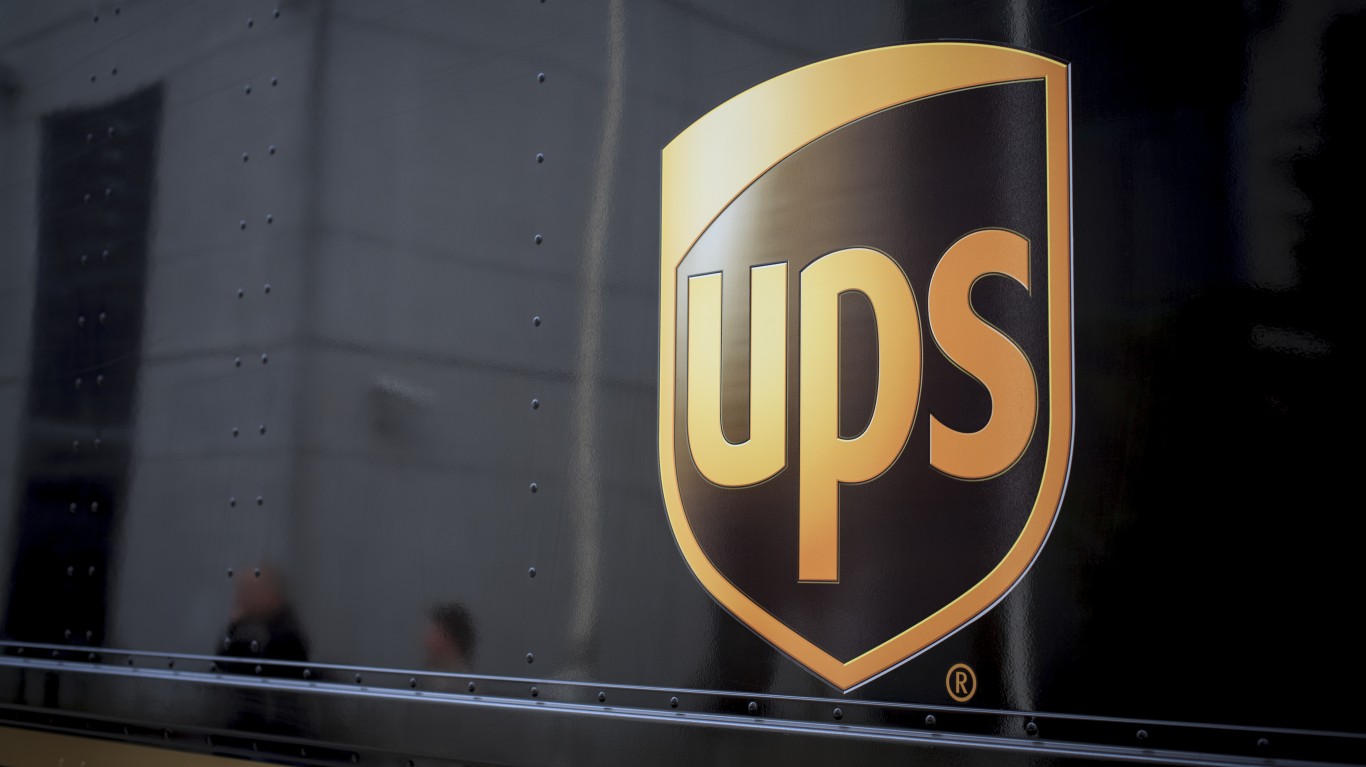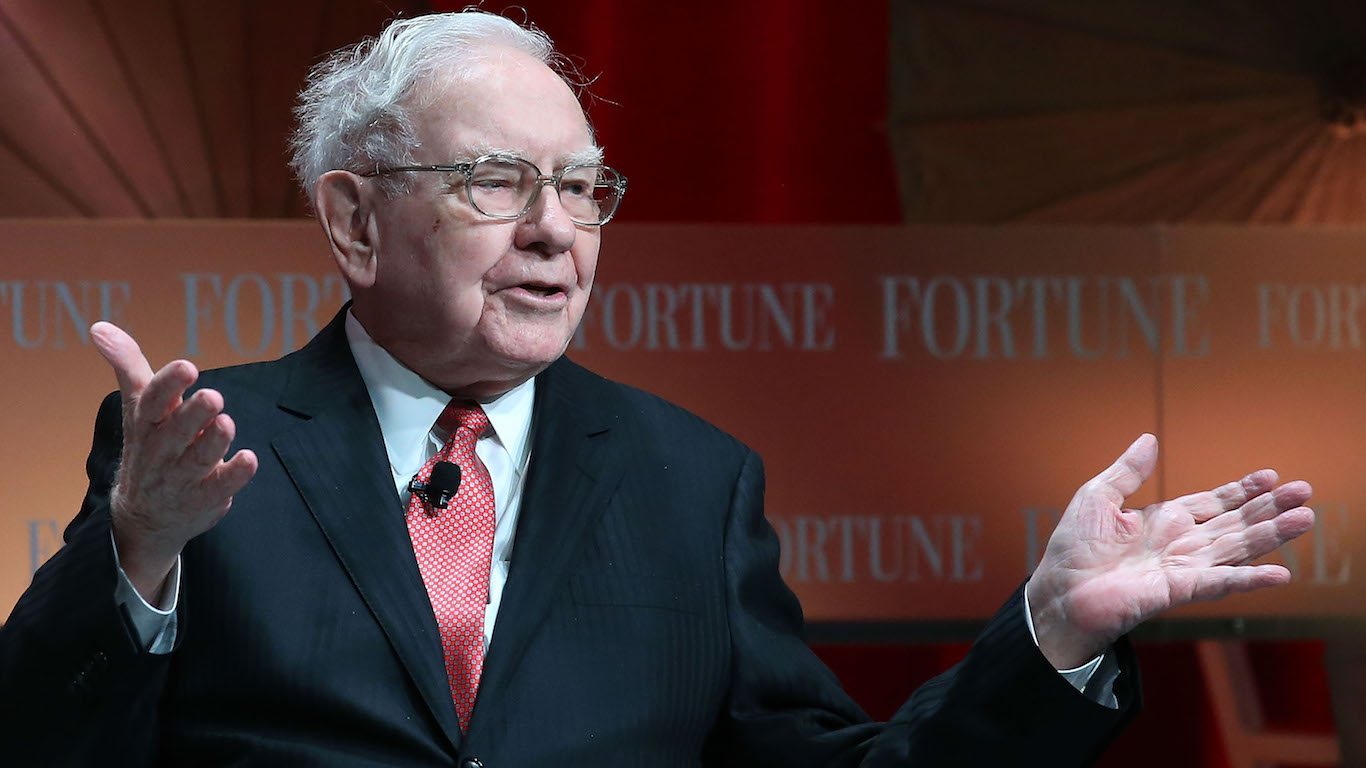
All three major U.S. equity indexes closed higher on Thursday. The Dow Jones rose 0.51%, the S&P 500 closed up 0.99% and the Nasdaq saw a 1.36% gain. Nine of 11 sectors, led by consumer cyclicals (up 2.3%) and health care (up 1.5%), ended the day with gains. Energy (down 1.8%) and communications services (down 0.1%) lagged. A rise in the number of new claims for jobless benefits was likely interpreted as a signal that the Federal Reserve’s interest rate hikes are working to reduce inflation. The Dow was up slightly while the S&P 500 and the Nasdaq were in the red in late morning trading on Friday.
After markets closed Thursday, Snap reported a smaller-than-expected loss per share, along with a slight revenue miss. The company did not offer a forecast for the third quarter other than to say revenue is running about flat with the second quarter, about 10% below the consensus estimate for the current quarter. Shares traded down about 36% Friday morning.
Before markets opened on Friday, Twitter missed estimates on both the top and bottom lines. The company blamed the economy and Elon Musk. Who could have guessed? The stock traded down about 0.5%.
Verizon missed the consensus profit estimate by a penny and exceeded the revenue estimate. The company also pulled in revenue expectations in some areas. Shares were down about 6%.
American Express beat consensus estimates on both the top and bottom lines. The stock up about 4.8% Friday morning.
NextEra Energy beat the bottom-line estimate but missed on revenue. The stock traded up about 3.4%.
Schlumberger beat both top-line and bottom-line estimates and issued upside guidance for full-year revenue. The stock traded up about 2.7%.
Cleveland-Cliffs missed the consensus earnings per share (EPS) estimate by 17% and reported better-than-expected revenue. Shares were down around 2.8% Friday morning.
Newmont, NXP Semiconductor, and Range Resources will report quarterly results on Monday. We already have previewed four other companies that will report earnings before Tuesday’s opening bell: Coca-Cola, General Electric, McDonald’s and 3M.
Here is a look at four more companies set to report results first thing Tuesday morning.
Albertsons
Grocery store operator Albertsons Companies Inc. (NYSE: ACI) has added almost 30% to its share price over the past 12 months. That is nearly double a 16% rise in Kroger’s stock and declines ranging from about 5% to 37% for e-commerce giants like Walmart, Target and Amazon. Inflationary pressures are likely to hit the grocers harder than their more digitally enabled rivals, and already slim grocery margins could virtually disappear.
Of 20 analysts covering Albertsons stock, 10 have a Hold rating and seven rate the stock as a Buy or Strong Buy. At a recent price of around $26.35 a share, the upside potential based on a median price target of $36.00 is 36.6%. Based on a high price target of $43.00, the upside potential is about 63.2%.
Fiscal 2023 first-quarter revenue is forecast at $27.77 billion, which would be up 31.0% sequentially and by about 7.1% year over year. Adjusted EPS are tabbed at $0.62, up 23.3% sequentially but down by a penny year over year. For the full 2023 fiscal year ending in February, Albertsons is expected to post EPS of $2.85, down 7.3%, on sales of $74.86 billion, up by 4.1%.
The stock trades at 9.3 times expected 2023 EPS, 9.1 times estimated 2024 earnings of $2.92 and 8.9 times estimated 2025 earnings of $3.00 per share. The stock’s 52-week trading range is $19.96 to $37.99. Albertson’s pays an annual dividend of $0.48 (yield of 1.82%). The total shareholder return for the past year was 33.7%.
General Motors
General Motors Co. (NYSE: GM) has had a tough 2022. The stock dropped 25% in the first quarter and had dropped by nearly 46% by the end of June.
Earlier this week, the company announced that it would begin rolling out its 2024 all-electric Blazer SUV by next summer and that it had delivered a demo all-electric Hummer EV to the U.S. Army for analysis and demonstration. CEO Mary Barra has stuck by her forecast that GM will deliver more EVs in the United States in 2025 than industry leader Tesla. The company plans to build 1 million EVs in both North America and China by the end of 2025. Her secret sauce is a planned price point of $30,000 to $35,000.
Analysts like the company’s prospects. Of 23 brokers covering the stock, 16 have a Buy or Strong Buy rating on the shares and another six rate the shares at Hold. At a share price of around $34.60, the upside potential based on a median price target of $50.00 is 44.5%. At the high price target of $95.00, the upside potential is about 160%.
Second-quarter revenue is forecast at $34.35 billion, down 4.5% sequentially but up 0.5% year over year. Adjusted EPS are forecast at $1.32, down 36.8% sequentially and by 33.0% year over year. For the full 2022 fiscal year, consensus estimates call for EPS of $6.94, down 1.8%, on revenue of $151.99 billion, up 19.7%.
GM stock trades at 5.0 times expected 2022 EPS, 5.3 times estimated 2023 earnings of $6.52 and 5.3 times estimated 2024 earnings of $6.54 per share. The stock’s 52-week range is $30.33 to $67.21. GM does not pay a dividend, and total shareholder return for the past year was negative 37.8%.
Raytheon
Defense contractor Raytheon Technologies Corp. (NYSE: RTX) has seen its share price increase by 12% over the past 12 months. Essentially all that gain has come in 2022 and is likely due to demand for weapons to help Ukraine fight off the Russian invasion. With defense spending set to increase in Europe and elsewhere, investors will be particularly interested in any outlook statement from the company.
Of 19 analysts covering Raytheon stock, 13 have a Buy or Strong Buy rating, and the other six rate the shares at Hold. At a share price of around $94.50, the upside potential based on a median price target of $110.50 is 16.9%. At the high price target of $130.00, the upside potential is 37.6%.
Analysts expect Raytheon to report second-quarter revenue of $16.61 billion, up 5.7% sequentially and 4.6% higher year over year. Adjusted EPS are expected to reach $1.11, down 3.2% sequentially but up by 7.8% year over year. For full fiscal 2022, EPS are pegged at $4.77, up 11.6%, on revenue of $68.29 billion, up 6.1%.
Raytheon stock trades at 19.9 times expected 2022 EPS, 16.5 times estimated 2023 earnings of $5.76 and 14.5 times estimated 2024 earnings of $6.57 per share. The stock’s 52-week range is $79.00 to $106.02. Raytheon pays an annual dividend of $2.20 (yield of 2.32%). Total shareholder return over the past 12 months was 13.3%.
UPS
United Parcel Service Inc. (NYSE: UPS) stock has dropped about 9.2% over the past 12 months, including a plunge of more than 27% between early February and mid-May. Rising labor and fuel costs could squeeze margins. CEO Carol Tome has boosted operating margins by focusing on small and medium business customers, and the company expects to continue growing that margin by half a point a year for a long time to come.
Analysts remain somewhat bullish on the stock, with 14 of 30 having a Buy or Strong Buy rating and 14 others rating the shares at Hold. At a share price of around $188.00, the upside potential based on a median price target of $212.00 is 17.8%. At the high price target of $270.00, the upside potential is 50%.
Analysts expect UPS to report second-quarter revenue of $24.59 billion, up 0.9% sequentially and by 5.0% year over year. Adjusted EPS are pegged at $3.16, up 3.5% sequentially and 3.3% higher year over year. For the full 2022 fiscal year, analysts are currently looking for EPS of $12.76, up 5.2%, on sales of $101.96 billion, up 4.8%.
UPS stock trades at a multiple of 14.7 times expected 2022 EPS, 14.4 times estimated 2023 earnings of $13.08, and 13.8 times estimated 2024 earnings of $13.60 per share. The stock’s 52-week range is $165.34 to $233.72. UPS pays an annual dividend of $6.08 (yield of 3.27%). Total shareholder return for the past 12 months was negative 9.6%.
In 20 Years, I Haven’t Seen A Cash Back Card This Good
After two decades of reviewing financial products I haven’t seen anything like this. Credit card companies are at war, handing out free rewards and benefits to win the best customers.
A good cash back card can be worth thousands of dollars a year in free money, not to mention other perks like travel, insurance, and access to fancy lounges.
Our top pick today pays up to 5% cash back, a $200 bonus on top, and $0 annual fee. Click here to apply before they stop offering rewards this generous.
Flywheel Publishing has partnered with CardRatings for our coverage of credit card products. Flywheel Publishing and CardRatings may receive a commission from card issuers.
Thank you for reading! Have some feedback for us?
Contact the 24/7 Wall St. editorial team.

 24/7 Wall St.
24/7 Wall St.



